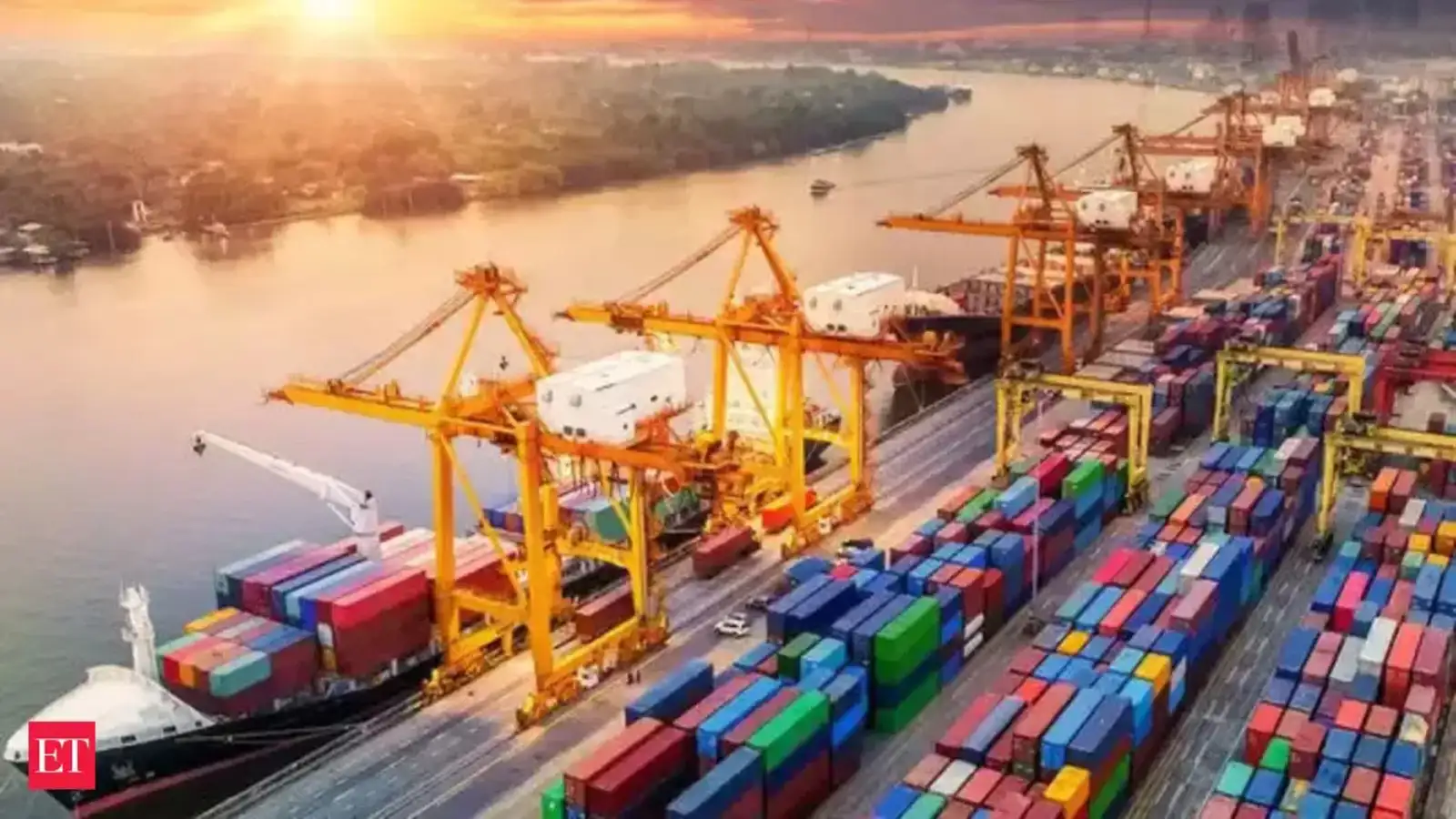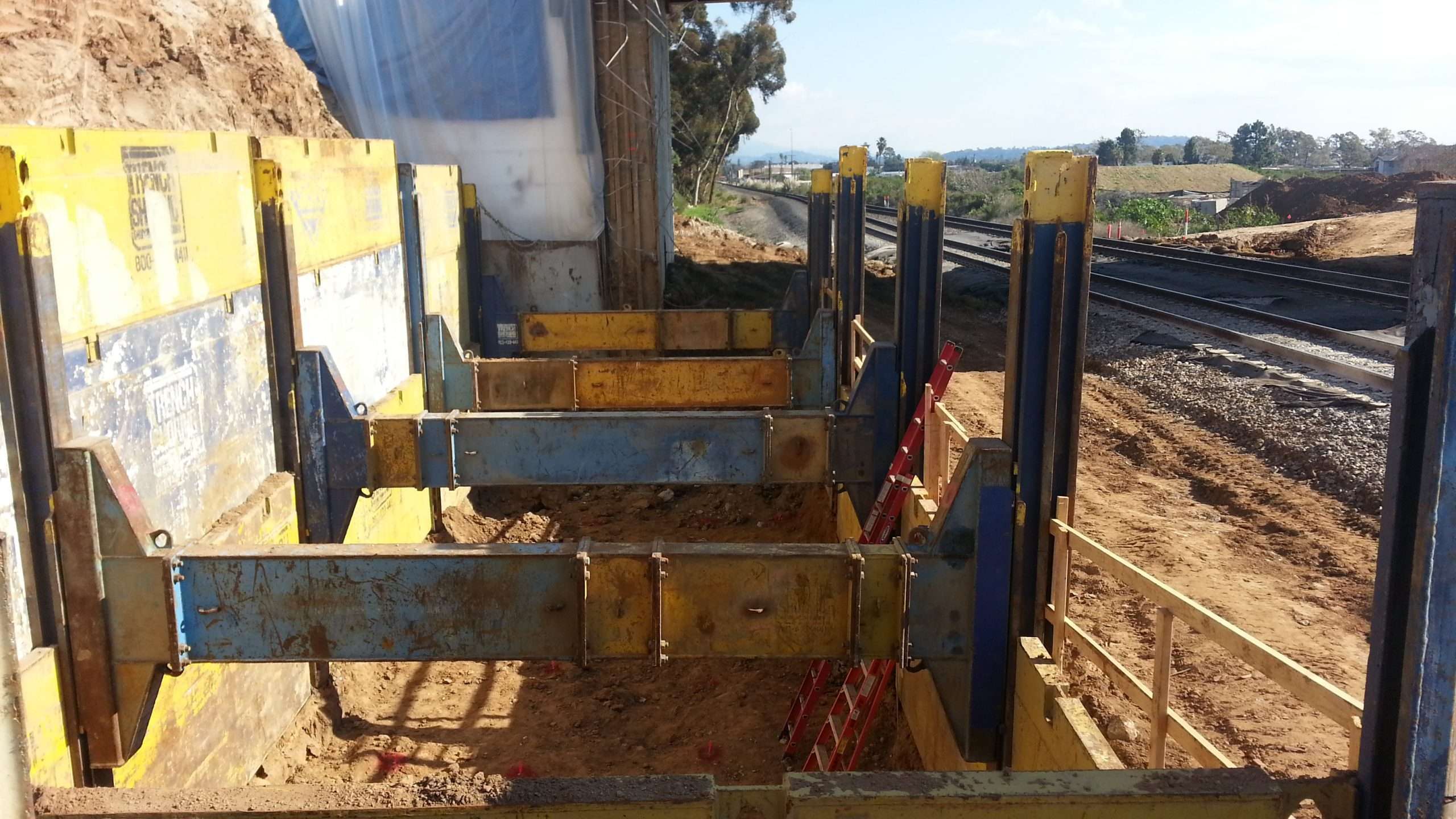Every day, as Singapore’s port processes over 1.7 million tonnes of cargo, a dangerous goods warehouse operation somewhere in the city-state handles substances that could level a city block if mismanaged. Behind the world’s largest container transhipment hub, where 41.12 million twenty-foot equivalent units moved through in 2024, lies a network of specialised facilities managing hazardous materials.
With cargo throughput reaching 622.67 million tonnes in 2024—a 5.2% increase from the previous year—Singapore faces an ever-increasing flow of dangerous goods. From radioactive isotopes to industrial chemicals that could create toxic clouds, the stakes have never been higher.
The Regulatory Maze: Where Safety Meets Bureaucracy
Walk into any major hazardous materials storage facility in Singapore, and you’ll encounter a regulatory framework that reads like a military operation manual. The Singapore Civil Defence Force (SCDF), Maritime and Port Authority (MPA), National Environment Agency (NEA), and Civil Aviation Authority guard different pieces of the dangerous goods puzzle.
The SCDF alone conducted 15,075 fire safety enforcement checks in 2024, whilst fire incidents increased by 1.8% to 1,990 cases. In a nation where a single warehouse mishap could trigger mass evacuations, these statistics represent warning signals demanding constant vigilance.
Under current regulations, anyone seeking to operate hazardous substance storage facilities must navigate a labyrinth of licensing requirements:
- Hazardous Substance Transport Approval (HSTA)for quantities exceeding regulatory thresholds
- Transport Emergency Response Plan (TERP)submission for all hazardous material movements
- Hazardous Materials Transport Driver Permit (HTDP)for all personnel handling dangerous cargo
- Strategic goods permitsfor dual-use materials that could pose security risks
- Nuclear material transit licences for radioactive substances
The process isn’t bureaucratic theatre—it’s a system born from hard-learned lessons about what happens when dangerous goods storage operations go wrong.
Nine Classes of Catastrophe
Inside Singapore’s dangerous material warehouses, substances are segregated according to nine internationally recognised classes, each presenting unique risks. Class 1 explosives require isolation protocols that treat every container like a potential bomb. Class 2 gases demand ventilation systems capable of clearing massive spaces within minutes.
The human element becomes critical with Class 6 toxic and infectious substances. Workers handling pathogen samples or industrial poisons operate under protocols where a single error could mean fatal exposure. One warehouse supervisor described the constant pressure: “Every morning, you’re reminded that the container you’re moving might contain enough toxic material to evacuate half the island.”
Class 7 radioactive materials present the greatest regulatory challenge. Singapore’s nuclear material controls require advanced NEA approval for any transit operation, with paperwork often running hundreds of pages for a single shipment.
The Hidden Infrastructure of Global Trade
Singapore’s role as the world’s largest container transhipment hub makes it critical for dangerous goods warehouse operations. With 90% of container throughput involving cargo destined elsewhere, hazardous materials from dozens of countries pass through local facilities.
This creates unique challenges for hazmat storage Singapore providers. Unlike facilities handling primarily domestic dangerous goods, Singapore’s warehouses must accommodate regulatory standards from multiple jurisdictions. A single facility might simultaneously store European chemicals, American industrial equipment, and Asian pharmaceutical materials—each governed by different protocols.
Singapore’s record 3.11 billion gross tonnage in vessel arrivals during 2024 included substantial dangerous goods requiring temporary storage. When ships arrive with mixed cargo, warehouse operators must execute complex segregation procedures while maintaining efficient cargo flow.
Technology Meets Chemistry: Modern Safety Systems
Contemporary dangerous goods warehouse singapore facilities use advanced monitoring systems tracking temperature, humidity, and atmospheric composition in real-time. Automated suppression systems deploy specialised agents for specific hazard classes—water for combustibles, foam for flammable liquids, inert gases for electronics.
Remote monitoring allows safety managers to oversee multiple facilities from central command centres, whilst GPS tracking monitors dangerous goods vehicle movements, and electronic documentation ensures emergency responders have immediate access to safety data.
Crisis Response: When Things Go Wrong
Despite sophisticated safety measures, Singapore’s emergency services maintain robust response capabilities for dangerous goods incidents. The SCDF’s specialised Hazmat Unit trains for scenarios involving chemical spills, gas leaks, and radiological emergencies, assuming worst-case scenarios including facility evacuation and environmental contamination.
The 2024 statistics showing increased fire incidents underscore constant risk. Modern DG warehouse singapore operations employ early detection systems, but the fundamental danger remains: substances stored in these facilities could cause mass casualties if released uncontrolled.
Economic Stakes and Strategic Importance
Singapore’s dangerous goods warehousing industry represents more than just regulatory compliance—it’s fundamental infrastructure supporting the nation’s position as a global trade hub. Total business spending by key maritime companies increased to S$5.2 billion in 2024, much of it dependent on reliable hazardous material storage capabilities.
The economic implications extend beyond Singapore’s borders. Disruption to the nation’s dangerous goods storage network could affect global supply chains for pharmaceuticals, industrial chemicals, and high-tech components. When supply chain resilience becomes a national security issue, warehouse managers handling hazardous materials carry responsibilities extending far beyond their facility gates.
Singapore’s success in maintaining both safety and efficiency in hazardous material storage reflects decades of regulatory evolution, technological investment, and human expertise. As global trade volumes continue growing, the invisible network of dangerous goods warehouse Singapore facilities will remain critical infrastructure, quietly ensuring that the world’s most dangerous substances reach their destinations safely, whilst protecting millions of people from materials that could otherwise prove catastrophic.







